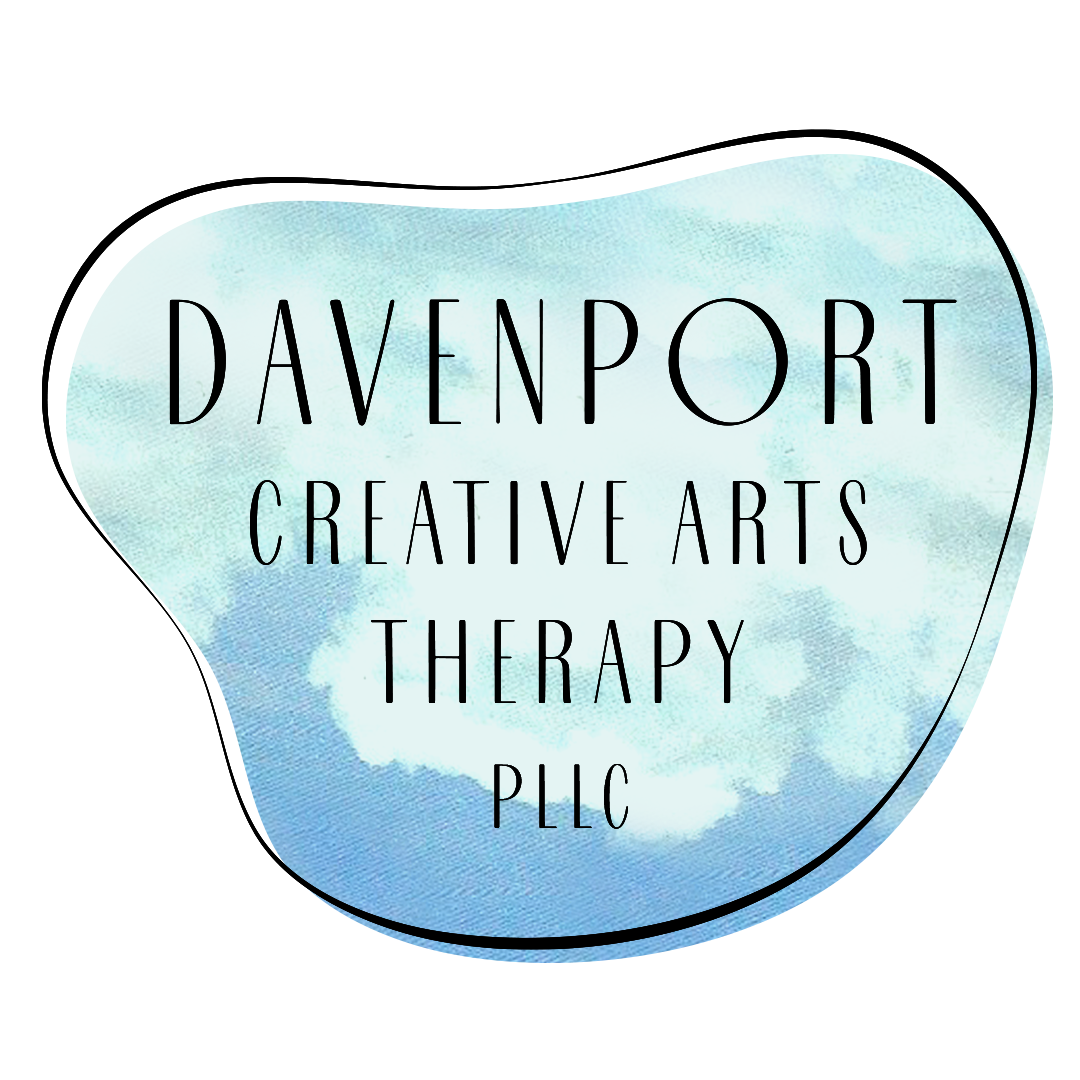How to Use Self-Regulation Techniques with Children and Teens
What is Self-Regulation?
Broadly speaking, Self-regulation is the ability to notice and effectively respond to the ever-changing landscape of emotions and experiences. The two types of self-regulation include behavioral and emotional self-regulation. Behavioral self-regulation is “the ability to act in your long-term best interest, consistent with your deepest values.”
An example of behavioral self-regulation is when you wake up not wanting to go to school in the morning, but you still do because you understand that it’s what’s necessary to achieve your goals.
Emotional self-regulation involves the ability to monitor and manage your emotions and responses to those emotions. An example of emotional self-regulation is when you can calm yourself down after being angry or upset. As you can see, learning self-regulation techniques is a vital skill for children and teens to acquire.
When Should You Start Teaching Self-RegulationTechniques?
Self-Regulation one of the big developmental tasks of childhood. The development of self-regulation skills begins very early on. Your child can develop self-regulation techniques as early as in infancy when you soothe your baby (pick them up when they cry). Fast forward to toddler years and beyond, there are many techniques, activities, and even games to help kids, and teens nurture these skills.
As your child grows into adolescence, you may find it more challenging to encourage the use of self-regulation skills (but that’s when it’s needed the most)! Self-regulation skills can help adolescents further develop skills for problem-solving and distress tolerance, by learning how to delay gratification, and practice decision making from a balanced (or regulated) state of mind. Practicing self-regulation techniques may also help children increase compassion for themselves and others, manage frustration effectively, and learn how to seek help when the stress is unmanageable.
Techniques
One of the best ways parents can help children develop effective self-regulation skills is through modeling. When parents model how they handle anger, setbacks and frustration, it teaches their children how to handle anger, setbacks and frustration. The next time you are angry, clearly state, “I’m feeling very angry right now, I’m going to take a few deep breaths and go for a short walk.”
Another way is through establishing routines- like having regular mealtimes and a consistent bedtime routine. Routines help children learn what to expect which makes it easier for them to feel comfortable, and respond effectively to an array of emotions.
Some other self-regulation techniques you can use include roleplay. This can include openly talking about feelings at home, acting out scenarios, and allowing opportunities to play out healthy wats to “let out steam” safely.
As you teach self-regulation skills by modeling, try to provide an environment where children can feel comfortable making mistakes. Mistakes are paramount in understanding how to manage and respond to disappointment. The next time you make a mistake, label it, “oops, I made a mistake, but that’s okay, here’s how I’m going to fix it.” You can also play games with your child to model how you handle losing and winning. To learn more about games to play and other techniques, click here.
How do Self-Regulation Techniques Help You into Adulthood?
Self-regulation techniques are vital to our wellbeing, connections, and career. Self-regulation techniques can help you hold back from lashing out at your boss, engaging in socially unacceptable behavior, or getting into it with your coworker. In addition, having behavioral self-regulation skills can help you get up and go to work every day in the morning after remembering your goals (like getting a raise or a promotion.) This can extend beyond the workplace as well. Self-regulation is one of the five key components to emotional intelligence. You’ll be able to better manage your emotions in your relationships with others. Very Well Mind explains that people who can manage their emotions and control their behavior are better able to manage stress, deal with conflict, and achieve their goals.
Self-Regulation as a Therapy Goal
Self-regulation can be a key goal in therapy. With a vetted therapist, an aim can be to turn emotional and/or behavioral dysregulation into effective self-regulation. If your efforts to help your child regulate their emotions or behaviors at home aren’t working, therapy might be a helpful step. Davenport Creative Arts Therapy offers Holistic therapy for children and teens in New York and remotely. The child and teen therapists at Davenport Creative Arts Therapy are specially trained in using the creative arts, mindfulness and cognitive behavioral therapies to help children and teens thrive. Get your free consultation here!
